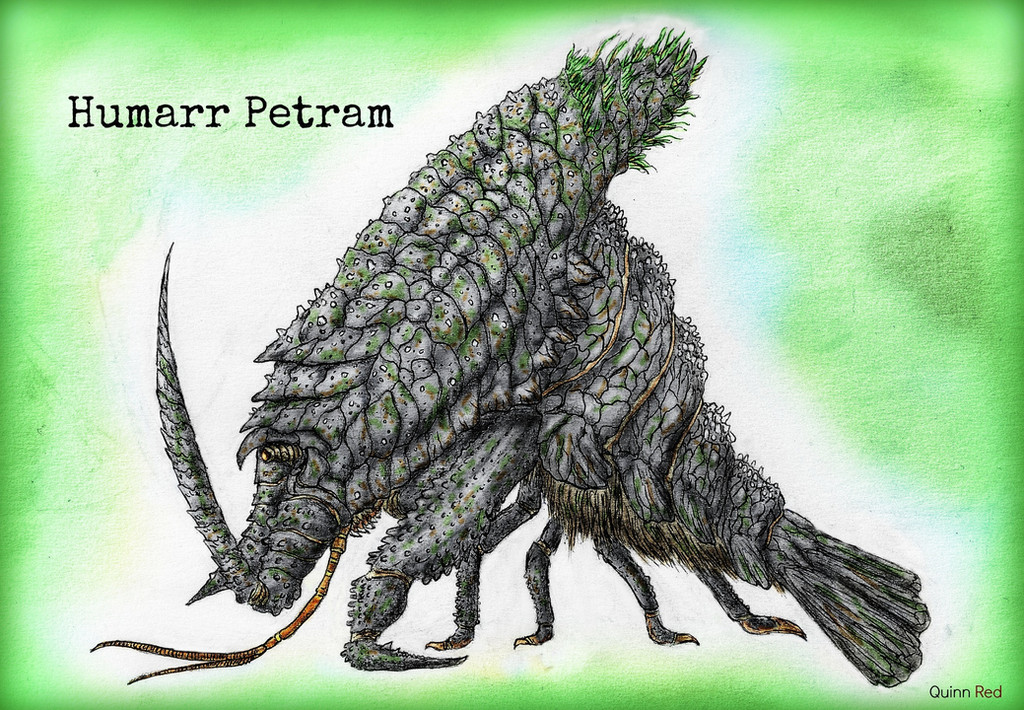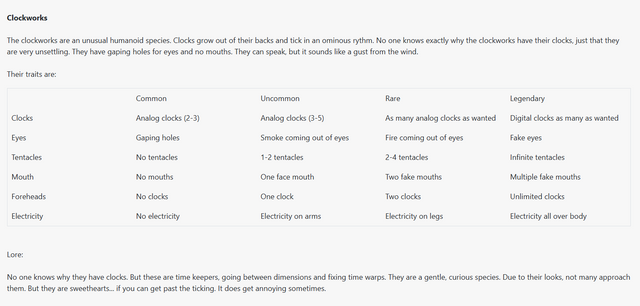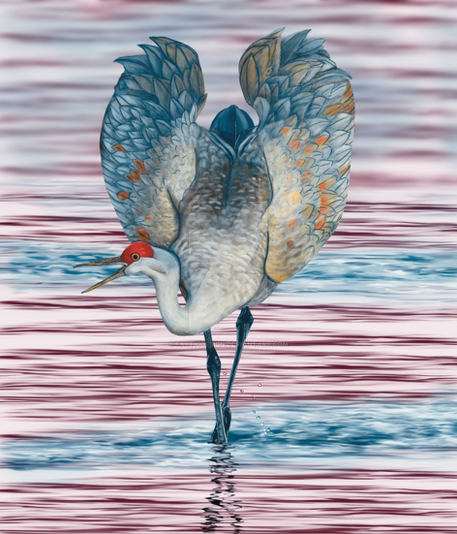HOME | DD
 Quinn-Red — Humarr Petram
Quinn-Red — Humarr Petram

#rocklobster #tyrantisterror #spinylobster #atomcreateakaijucontest #crustacean #daikaiju #giantmonster #kaiju
Published: 2017-02-04 22:56:47 +0000 UTC; Views: 5725; Favourites: 159; Downloads: 0
Redirect to original
Description
Name: Humarr PetramAliases: Sea Gargoyle, Crawstone, Rock Lobster, Island Locust, Giant Langouste
Date of Discovery: 1957
Place of Origin: The Caribbean
Height: 100 ft
Length: 120 ft
Notable Stomping Grounds: Gulf of Mexico, Caribbean Sea
Abilities: incredible durability via chitin build up, great back strength, clubbing antennae, slashing/punching claws, false island formation through group coordination
Description: Humarr Petram are a grey cool stone in colour, with rocky aged chitin covered in algae and barnacles. Two thick upper antennae are below the eyes, two lower pronged antennae are in front of the mouth. Cow catcher like "nose" sliding from near brown stem eyes. Claws are two large "knuckle walking" appendages, other eight limbs simple legs almost hidden by "fur" growing from underside of tail. Tail is short for lobster, end in paddle. Rocky chitin builds up like a strange moutain a top the body.
Origin:
The species known as Humarr Petram is a relative of the Spiny Lobster, likely evolved from a species that resided in yamaneon tunnels deep below the Carribean. Although existing on this Earth for some time, they were only discovered in 1957.
A small island had appeared mysteriously between the shores of Florida and Georgia, and along with it a mysterious transparent creature washed up on Saint Simon's Island. The creature resembled a lobster larvae to local Marinebiologist Fred Athens, but those larvae were too small for the human eye to see, and this was the size of a man. Fred began a study of the mysterious island days after, along with a crew of locals.
Upon coming to the mystery islands shore, it reminded Fred of Tide Pool environments, nothing there seemed keen to stay for too long. A peer of Fred's studied the sand of the island, finding that it consisted of almost pure chalk. The longer they stayed the more things felt off, and for good reason. After almost two hours of study, the island shifted apart, with the crew tumbling into the water below. What Fred and the others witnessed horrified them, the hungry faces of gigantic lobsters.
Luckily Fred Athens and two others escaped on to the boat, but everyone else was gobbled up by the stoney crustaceans. Fred theorized that the Humarr Petram, as he called them, must gather up in large groups and lock together bu building up chitin layers over months and years, becoming a false island. Over time they let life build up on top of them as the sleep and drift through the Atlantic, that is until enough has grown for a proper feast.
Nobody is sure how many of these groups exist, but one thing is for certain is that if one sees a uncharted island in the Gulf or Caribbean area, it is best to be avoided.
Personality:
Humarr Petram very organized animals, each group being very particular of whom may join their group, thus small Humarr are only with small Humarr, big ones are only with big ones. Humarr island groups are very unkempt, allowing all sorts of things to latch on to them, but they can afford it as the build of of chitin has made them tolerant of any parasite. If they were too active, the island trap would not be possible, thus they are quite slow creatures but surprisingly cunning, able to strategize like a wolf pack when after prey or defending against kaiju.
In the odd ocassion of a kaiju making landfall on their false island, the lobsters simply wait out the creature until it leaves, then frantically drift off to a new location to avoid further bearing the weight of an inedible giant. They prefer small prey.






























